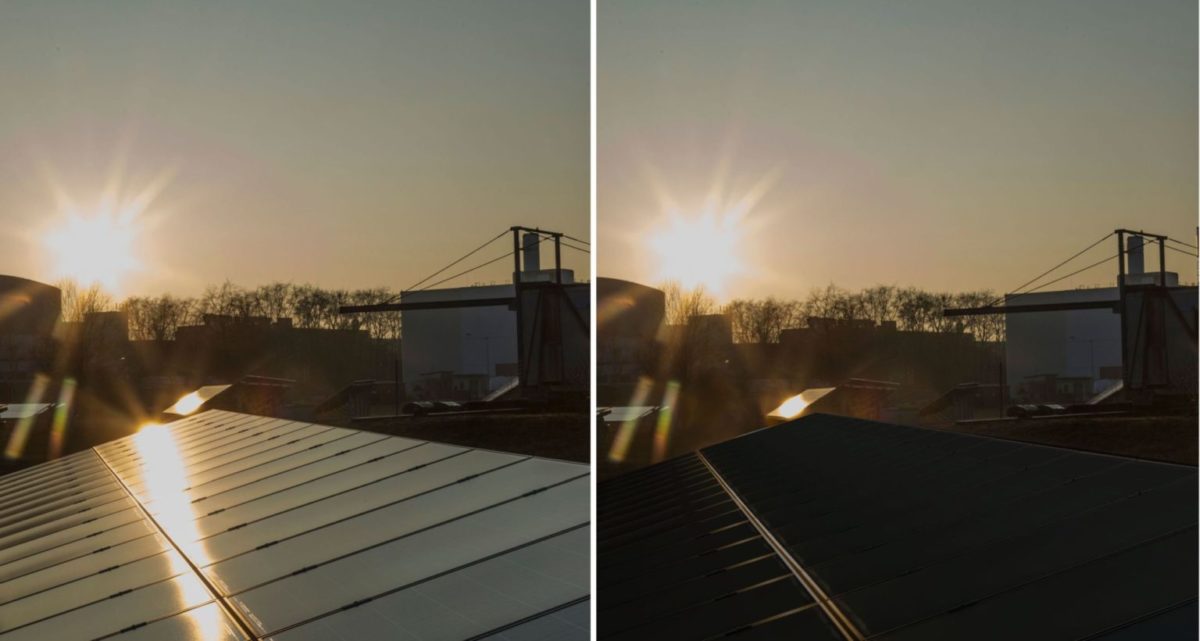From pv magazine Germany
Phytonics, a spin-off from the Karlsruhe Institute of Technology (KIT), has launched an anti-reflective film for solar modules after more than seven years of research and development work.
The start-up said it was inspired by the world of plants, more precisely from roses, in developing a film that it claims can improve the performance of a PV module by up to 10%.
The film was made by mimicking the nanostructures that can be found in the outer tissue of the rose petals' epidermis, which are able to couple all incident light into the tissue and to let only the colored light emerge again. They were able to study this structure by using a scanning electron microscope.
The anti-reflective film was developed for various surfaces. “Our film makes it possible to combine the advantages of high-gloss and matt surfaces, namely to achieve intense colors without annoying reflections,” explains co-founder Ruben Hünig.
Popular content
When it is applied to a solar cell, the film offers a broader absorption spectrum and a higher angle of light-incidence tolerance. Micro and nanostructures were fabricated to recreate the epidermis of the rose petals over a large area.
The film is claimed to suppress the reflection for all wavelengths and angles of incidence of light almost completely. This, according to the manufacturer, makes it far superior to conventional anti-reflective coatings.
The company specified that solar modules are only one possible application as the film can also be used for posters, display boards, traffic signs, pieces of furniture, packaging or facades. “The film gives surfaces of all kinds an anti-reflective coating and gives them a noble, velvety appearance,” it stated.
The anti-reflective film is mechanically flexible and is also suitable for curved surfaces. According to Phytonics, it is dirt-repellent and highly resistant to environmental influences such as UV light, moisture and temperature fluctuations. It is manufactured using an inexpensive roll-to-roll printing process and can be applied to all types of materials using standard lamination processes.
This content is protected by copyright and may not be reused. If you want to cooperate with us and would like to reuse some of our content, please contact: editors@pv-magazine.com.



Sandra”
Most interesting article your present about anti-reflective coating(s) with better absorption rates AND the ever important property of contaminant rejection (cleanliness of the substrate) by observing and mimicing how Mother Nature goes about the same in Plant structures. I never cease to be amazed how much better scientific improvements happen when we overcome our compulsive egos and follow the designs of mother nature (who’s been at this game a lot longer than we humans) LOL
Can this be used on the outside vehicle glass with heat rejecting film on the inside?
When will this product will be available in the market??
Very Good and very helpful and informative about Clean and Green Solar Energy.
A major acheivement with a higher efficiency .